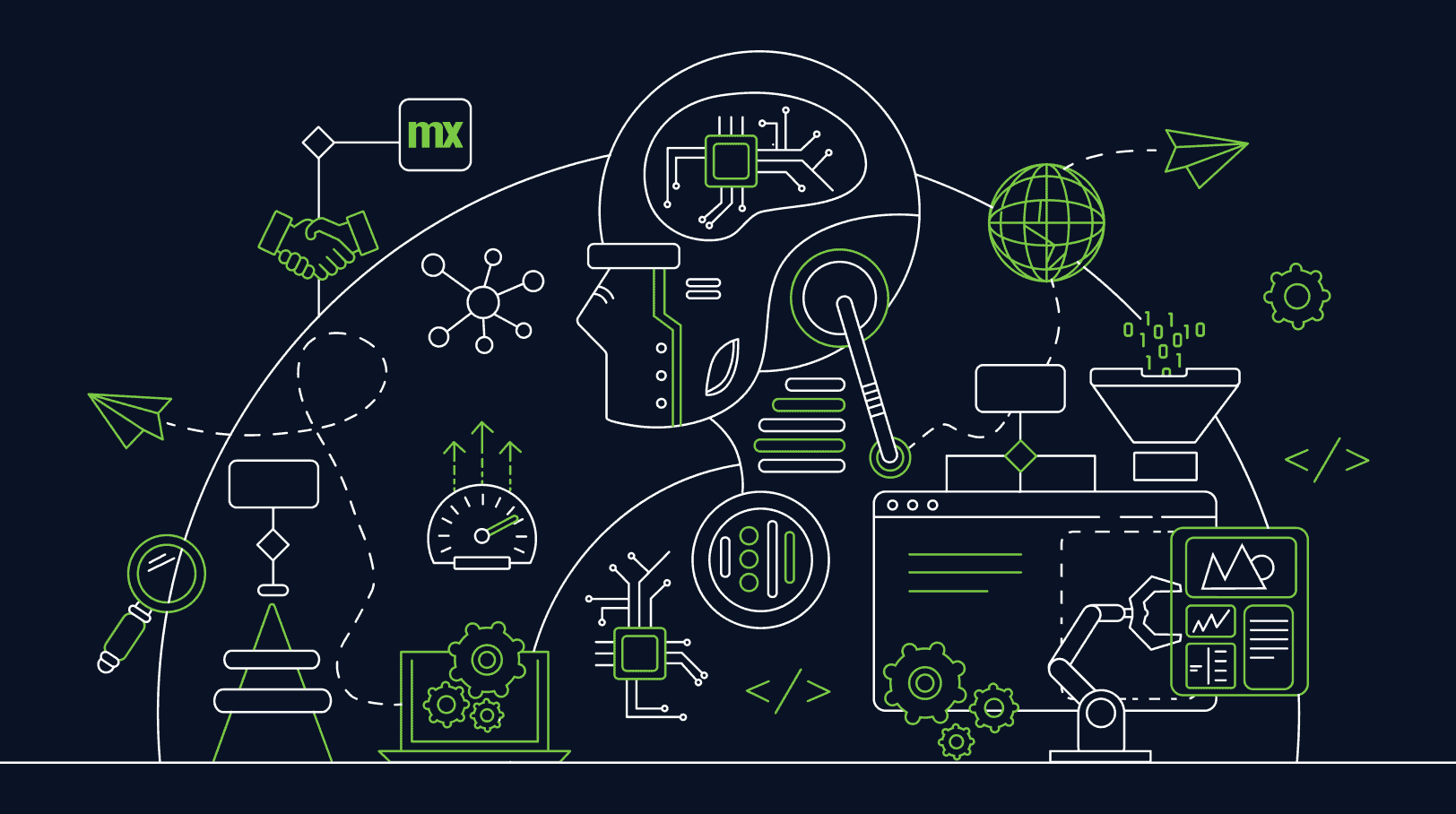Digitization and Automation: What Are They, and How Do They Relate?

Digitization and automation may seem like typical corporate buzzwords, but they’re not just jargon. The reality is that they’re both critical to gaining a competitive advantage. In our tech-focused society, individuals are fast to adopt and leverage technology to their advantage, and people expect companies to keep up with changing consumer behavior.
However, Forrester shows that 77 percent of enterprises still at least partially rely on paper processes, and 63 percent rely on Excel-type programs. As a result, companies are struggling to meet consumer expectations around speed and streamlined experiences. To stay competitive, organizations need to accelerate their digitization and automation efforts to keep pace with the rate of change.
But in a setting where discussions about digitization and automation often sound similar, what exactly is the difference between the two? And how can low-code solutions help companies gain a competitive edge as they digitize and automate?
Digitization versus automation: What’s the difference?
The terms “digitization” and “automation” are similar in theory, but they’re quite different in practice.
Digitization is the process of converting anything that’s in a hard copy to a digital format. Moving paper copies of patient records into a digital format that can be processed by a computer, for example, is digitizing patient records to create electronic medical records. Digitization is the first step toward automation because the information has to be available and digestible to any automation technology before it can be automated.
Automation, on the other hand, improves processes that are already being offered. It leverages devices or software and relies on a series of rules written by business subject matter experts to accomplish tasks without any human intervention. By performing tasks such as automatically sending clients reminders and personalized discount codes, for example, automation helps organizations stay competitive in the marketplace and frees up workers to focus on value-add activities.
What does it mean to digitize a business process?
Digitizing a business process converts a non-digital process into a digital format. For starters, it means shifting from paper storage to cloud-based data warehouses and reducing physical locations in favor of increasing online presence. Take banks, for instance. Just several years ago, customers had to physically go to a branch, stand in line, and interact with a teller to do something as simple as deposit a paper check. Digitizing these transactions has made banks far more efficient and customer-centric, as consumers can now self-serve on their bank’s website or app.
Besides making business processes faster, digitization can also make them more precise. Pharmaceutical companies are a prime example. Beyond dramatically decreasing time to market, digitizing research and development processes has lessened human error and increased the likelihood of meeting compliance standards. On top of that, digitizing drug development processes has prepared life science companies for future automation.
What does it mean to automate a business process?
Automating a business process involves using technology to carry out repetitive tasks systematically. As a general rule, a process is considered automated if it was once handled manually but is now executed without human intervention. When it’s done right, automation can free up employees to focus on more pressing business or creative projects.
An everyday example of a business process that can be automated is generating recurring reports. Reports are important because leaders need to remain informed, but middle management can sometimes struggle to consolidate all the information they receive and present a thoughtful picture to leadership. Rather than having individuals type up status reports and email them out manually, statuses can be entered into a centralized database that consolidates information automatically. This can free up middle managers to assess the data they receive more critically and present the insights they uncover more effectively. With better and more frequent submissions of business-critical information, leadership can take more meaningful action.
Digitization and automation: The combination every organization needs
In general, companies that embrace digitization find it easier to process and store critical data and are able to maintain systems that help them meet customer needs more effectively. Automation helps customers get what they need faster and shifts operational focus away from repetitive tasks and toward more complex tasks that add value to the business. Companies that digitize their operations can take advantage of emerging technologies like artificial intelligence to discover new ways of optimizing and personalizing automated processes, which may present opportunities for additional revenue streams or increased customer loyalty.
How low-code development enables digitization and automation
Low-code enables people without coding backgrounds to engage in automation, bringing the technology to anyone in need of a solution. Unlike orchestrating a process with a business process management system or automating a single step in a process with robotic process automation, low-code tools don’t require complex, line-by-line scripts for every switch or load balancer.
When users are looking to automate a process, they can identify the data that the process will consume, add business logic, and assign performers to each task in the workflow. Many low-code platforms also have integrations with other enterprise software so that users can seamlessly connect one process to another. And because low-code tools are so visual, akin to a flow diagram, it’s easy for non-technical stakeholders to see how one action affects another. Once a workflow is live, each step in the process will automatically occur as users have defined it. When a business process inevitably changes, users simply adjust their workflow and deploy.
Start your low-code journey
To exceed customer expectations, companies need to be agile, responsive, and efficient. Automation and digitization are essential to the future of any company, and while the barrier to entry for automation and digitization may seem high, a low-code platform can provide a simple access point that companies can use to gain a competitive advantage. Don’t fall behind—invest in a low-code solution today.
